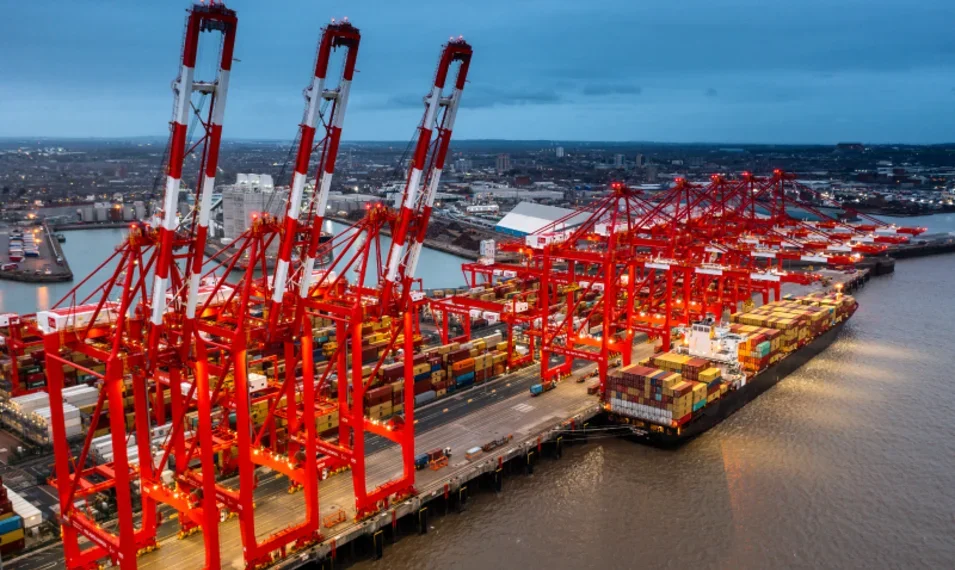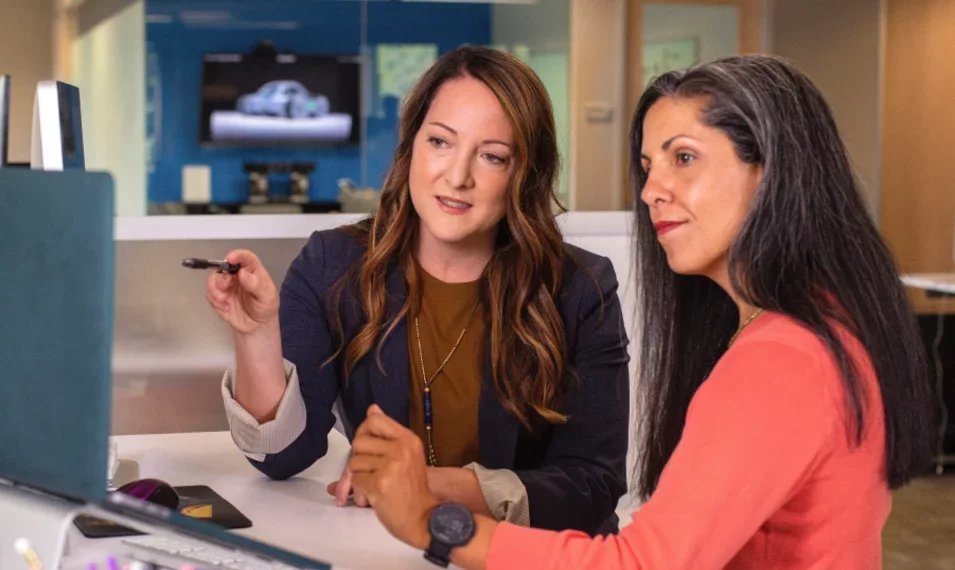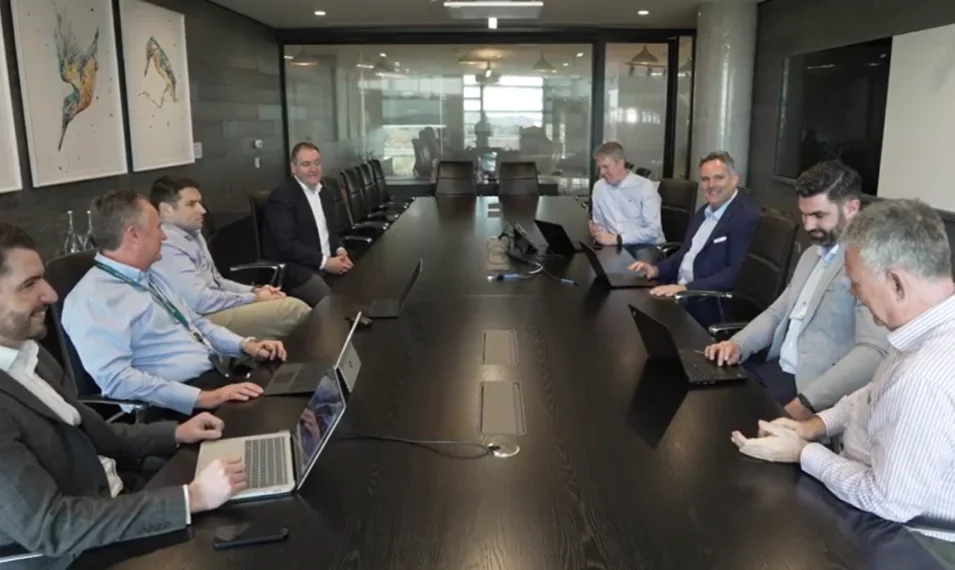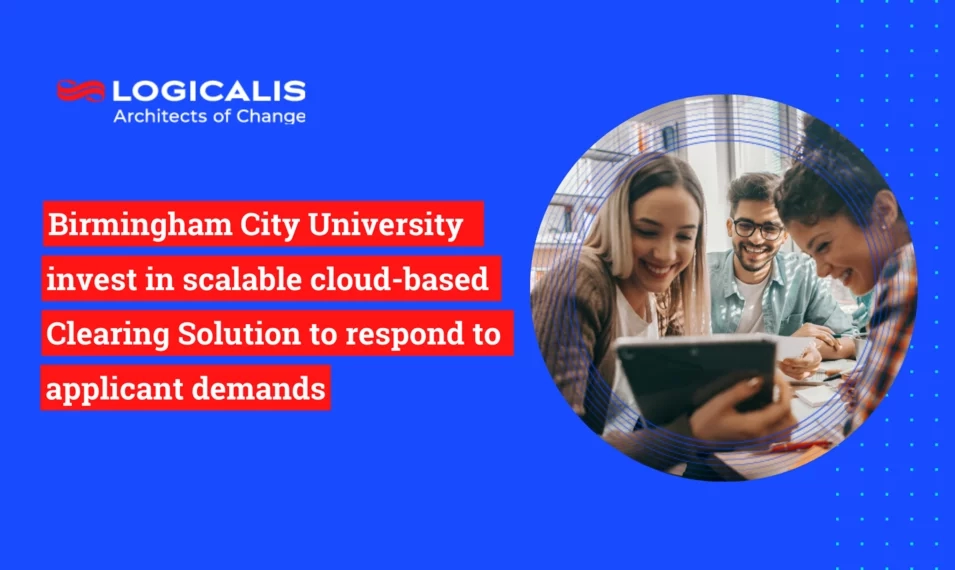, Jun 26, 2015
Put yourself in the shoes of Network Rail. How would you cope with a year on year increase of 4% if you cannot physically put more trains on the rail?
Click here to download the PDF version of this expert interview.
Over the past 75 years, Atkins has gone from post-war regeneration and the advent of nuclear engineering to high speed rail and the integrated sustainable cities of the future. As a result, the breadth and depth of expertise and drive to ask why, has allowed Atkins to plan, design and enable some of the world’s most complex projects.
Ben Dunlop is Director, Digital Railways at Atkins and responsible for leading the development of strategy & value propositions that will enable the business to capitalise on the transition towards a digital railway. In this interview, Fanni Vig, Chief Operating Officer of Trovus A logicalis Company asks Ben about the role of data in driving this radical and far-reaching transformation to the established operating model of railways.
A little background
Fanni: Before we jump into the details, can you give us a bit of background about the UK Railway?
Ben: The UK railway has been a real success story. It was privatised in the early 1990s at a time when it didn’t have a good reputation with the public or within the industry, and as a result it was in slow decline.
After privatisation, the influx of more innovative, customer-focused train operators such as National Express and Virgin produced a slight change in perception. Unfortunately the focus on certain drivers of growth were slightly skewed. The view is that they started to concentrate more on profit and so they started to sweat their infrastructure a lot more, which resulted in a number of very high-profile accidents.
The industry then went through a tough period during the late 1990s and early 2000s, when once again confidence was lost. Rail Track was put into early administration and the outcome was Network Rail; which although government controlled, acted like a private company. As a result, the industry saw improvements across areas such as: performance, growth, passenger ridership (journeys), freight and subsequently many issues were addressed.
Fanni: How many journeys are we are talking about?
Ben: Statistics show that UK Railway has become Europe’s fastest growing railway; measured mainly by passenger ridership (the number of journeys completed every year). We are now at record numbers and will soon be approaching the 2 billion passenger a year journey mark, compared with 600 – 700 million in 1994 prior to privatisation.
Fanni: How has the industry responded to this increase in demand?
Ben: The industry recognised that it needed to change its strategy. As a direct result, in 2012, the Railway Technology Strategist document was written which stated that four critical areas needed to be addressed: cost, capacity, customer and carbon. The 4 Cs.
One of the main objectives is to reduce the carbon footprint in order to meet national and environmental targets. With customers in mind, we are seeking to create more enjoyable travel experiences. Furthermore the rail industry is expensive so there is a need to reduce costs, in particular with regards to the government’s subsidised contributions. With £38 billion from the government allocated as a funding package for the Network Rail, the industry now has to prove its efficiency. There is also the challenge of capacity, as more and more people travel and the amount of freight being transported continues to increase.
Dealing with demand
Fanni: How are you coping with ever-increasing demand?
Ben: This is definitely a problem. The number of people using trains is continually increasing due to more leisure activities, flexible-working hours, sporting events etc. which unfortunately has resulted in people having to stand.
If you think about it, over the past 180 years, there hasn’t really been a dramatic change with regard to how the Railway System is operated. There has always been somebody who is looking out in front of the train, controlling the speed via visual indications (signals). This puts huge limitations on a system that relies so heavily on reaction speeds.
There is now a new method of train control, the European Train Control System (ETCS) where the person driving the train is simply there to supervise. With ETCS the train itself knows when to slow down or accelerate and does so based on the level of data it receives. This will substantially increase efficiency from 20% to 40%.
Fanni: What measures are you taking to implement new control systems?
Ben: In the UK, we are currently running trial lines using newer technology which enables trains to run with just a driver operating as a supervisor, as opposed to literally driving the train. These trial lines run between Kings Cross to Edinburgh and Paddington to Swansea.
With regard to Eurostar, there are 4 different signalling systems which means the trains need to be fitted with 4 different systems. Unfortunately this has led to an increase in the risk of failure.
Fanni: What about future demand?
Ben: The problem we face today, is nothing compared to what we will face in 20 years’ time due to a projected 3% per annum growth rate.
The 4 Cs need to be achieved with minimal disruption. The traditional approach to solving this problem is by improving the tracks to allow more trains, or the more radical approach of building a whole new track such as HS2, which has proven to be expensive and disruptive.
There’s only so much more you can do with traditional methods, data is enabling thought leaders in the industry to tackle the problem of ever-growing demand.
The birth of the digital railway
Fanni: So how does data help you get more out of your existing network?
Ben: As an example, with trains operating remotely the information fed back to the train will dictate when to change the speed and direction. Since the trains will know their exact location and their position in relation to other trains and their destination; trains will be able to run closer together and reduce the stopping distance. This ultimately improves efficiency by allowing more trains on the tracks.
For the High Speed Rail, a 1.5 mile distance between trains is needed for safety reasons, here computers are far more predictable than humans and have a much smaller margin of error. (As a point of interest, whenever there is an announcement made about ‘signalling problems’ this is largely down to the signal indicators used by train drivers being stuck on red).
Fanni: So how does data help you get more out of your existing network?
Ben: At the moment, we run trains when we want to, and customers have to fit this around their scheduled time. It would be better if we had trains when people wanted to use them, rather than when we dictate. Trains that allow both work and play will put the industry in a unique position and disruptive technologies, such as driverless cars, will encourage the rail industry to put the main focus on the customer.
Furthermore, at the moment timetables are written 2 years in advance, and in the world of data 2 years is an eternity. This makes it extremely difficult when responding to customers’ needs. I want to reach a stage where there are paperless tickets across the board. Also I would like to provide customers with informed choices, i.e. letting customers know of a train that has more capacity and if they decide to use a certain train they will receive a 20% discount.
Also, there’s no reason why we can’t gauge the weight of every carriage to estimate their capacity and then send push notifications to inform customers of where the train is busiest along the platform. By notifying customers of any delays, or by customers inputting their preferred means of transport using software, the railway can create bespoke travel itineraries for individual customers to help plan their journeys.
We should always aspire to improve customer travel experiences, because it will forever change the way in which they perceive the service.
The future is digital
Fanni: What needs to happen to implement these changes?
Ben: We aren’t currently implementing all of these changes, simply because we do not have the extra revenue. Hopefully with disruptive substitute solutions (like driverless cars), it will force us to evolve; but funding for this still needs to be generated.
Taking into account the cost element, removing the need for people to maintain the infrastructure manually can be quite emotive; but by employing self-monitoring technology that can report back, I don’t see why assets can’t eventually do this.
Fanni: It seems that everybody is looking at how they can make better usage of asset generated data. What’s your view on this?
Ben: With asset generated data you can have a bridge that can feed data back on whether the bridge is performing well. But this is retrospective, I want to be able to go further than that. If you can equip a bridge with sensors telling you when a bridge is not doing well, there is no reason why you cannot apply self-healing material.
To summarise, data and the digital railway is the answer to the 4 Cs question. While trying to safeguard its future, you can also enable technology to provide a much better customer experience, at less cost and also address the capacity challenge.
Hopefully this will encourage a mobile shift, ultimately getting more people travelling in a more carbon-light environment. This is what digital rail is all about and where it can end up.














